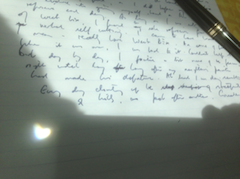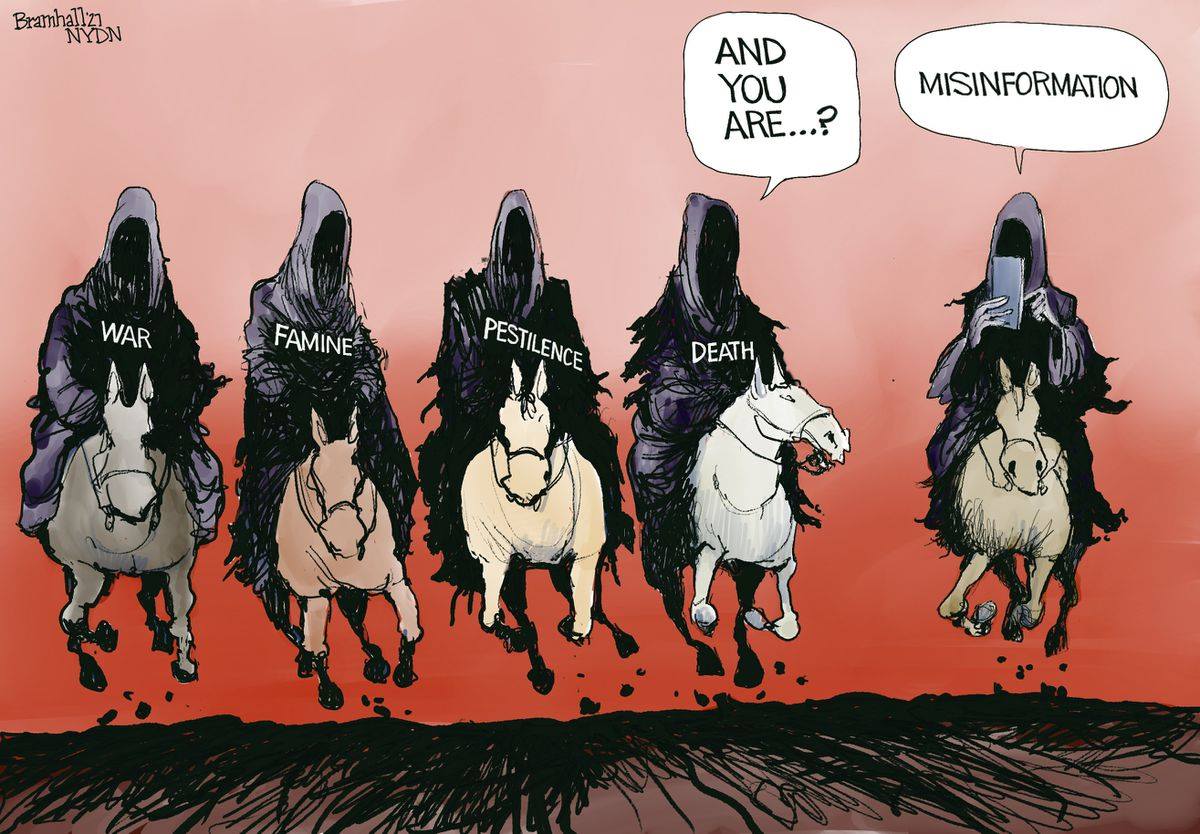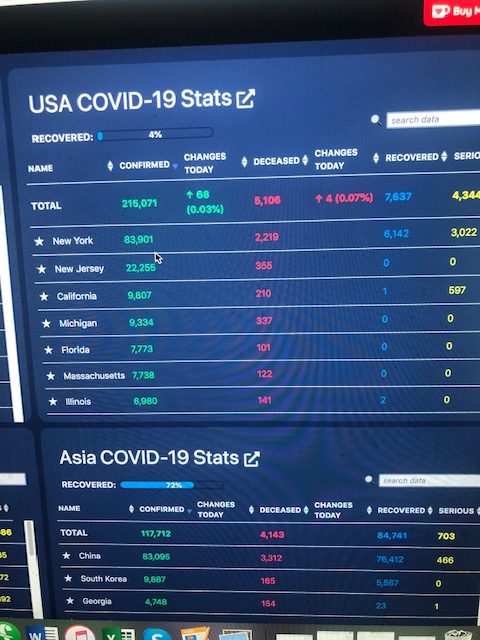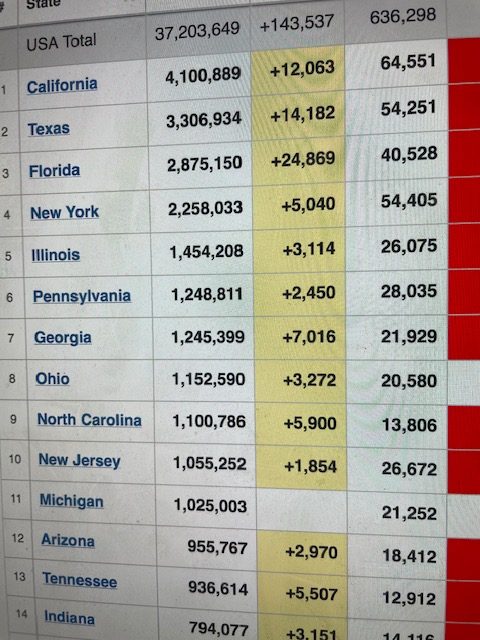
For Australian author and clinical psychologist Chris Mackey, compassion healing begins with self-compassion. In his book The Positive Psychology of Synchronicity, he writes movingly of the depression that hospitalized him. As a young adult, Mackey went through two episodes of depression. But the third bout in his 30s resulted in his hospitalization. And it was ultimately the event that launched his work with positive psychiatry. He’s convinced that synchronicity and self-compassion helped heal him.
“Sometimes things are so bad you can’t imagine anything good ever coming from them. Being hospitalized with severe depression wold typically be one of those times,” Mackey wrote. “But through that living hell and my recovery, I learned some of the most valuable lessons, certainly for my work life but also for my life generally.”
In fact, fifteen years later, he rented a cabin in Marin County where he intended to write his book. He felt the peaceful setting stacked the odds in his favor. But as he reached the part about his hospitalization, he felt daunted writing about “the grueling topic of going through a severe depression as I knew it would take a lot out of me. But I also knew if I wrote about it, I wouldn’t have to go through the story again and again, and it might help others.”
So as he tried to write, he was thinking about how badly he lacked self-compassion at the time of his depression, how he’d been “self-rejecting.” But then he saw a strange and unexpected dot of light form on the page next to where he was writing. It became more intense and then formed a distinct heart shape. (The photo at the top). “It felt like a response to that memory, some form of consciousness outside myself. I felt I had just received a ‘cuddle from God’ as a counterpoint to the lack of compassion I had previously felt.”
And from that moment on, Mackey felt greatly fortified and found it much easier to write. “The words flowed and I easily wrote thousands of words through the day with minimal breaks. I felt connected and integrated within myself, insightful, assured, and a bit uplifted. In psychological language, I felt a high level of mindfulness.”
Once he finished the chapter, he felt “light and free and energized” and took a selfie on the cabin balcony. When he looked at it, he was startled to see that shafts of light rained over him.

“It felt like I had been through an enlightening and illuminating experience and the writing hadn’t taken much out of me at all. It was exquisitely satisfying to have done so. To this day I still think of the heart shape, the cuddle from God, as having played a big part in that.”













